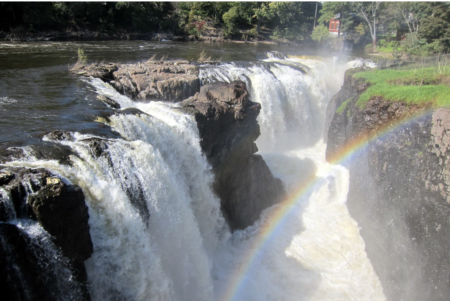To craft a compelling travel feature with a strong experiential narrative at its heart, follow this structured guide:
Experiential Travel Feature Guide
1. Introduction
- Begin with a vivid opening that immediately draws readers into the scene or the anticipation of your journey.
- Briefly introduce the destination or activity, but emphasize the personal journey or experience over factual information: ‘[Introduce the unique travel experience here]’.
2. The Journey or Activity
- Detail the progression of events, challenges faced, and milestones reached.
- If it’s a road story, focus on the transitions, landscapes encountered, and the emotional or physical journey.
- For activity-based narratives (like cycling in Cuba or skydiving in the Alps), delve into the preparation, the activity itself, and its aftermath.
- Use descriptive language to bring scenes to life, allowing readers to visualize and feel the experience as if they were there.
3. Personal Reflections
- Interweave personal reflections, discoveries, and revelations that arose from the experience. This could be internal changes, a new understanding of cultures, or a newfound appreciation for aspects of life.
- Discuss how the journey or activity challenged you, changed your perspective, or contributed to personal growth.
4. The Destination
- While the focus is on the experience, don’t neglect the destination. Offer insights into the culture, the people, and the atmosphere that contributed to your journey’s uniqueness.
- Offer tidbits of interesting, lesser-known facts or personal observations that reveal the essence of the place.
5. Conclusion
- Wrap up your narrative with a reflection on the overall experience and its impact on you.
- Consider addressing any transformations in your outlook, knowledge gained, or how the journey has enriched your life.
6. Call to Action or Final Thought
- End with a thoughtful line or question that encourages readers to contemplate their own adventures or reflect on the narrative’s themes.
When documenting your travel experiences, it’s crucial to strike a balance between personal narrative and insightful observations about the places and people you encounter. Remember, even if the story has commercial ties, maintain integrity by focusing on authentic experiences rather than overt promotion. Engage with the emotional, cultural, and sensory elements of your journey to create a story that resonates deeply with readers.
















